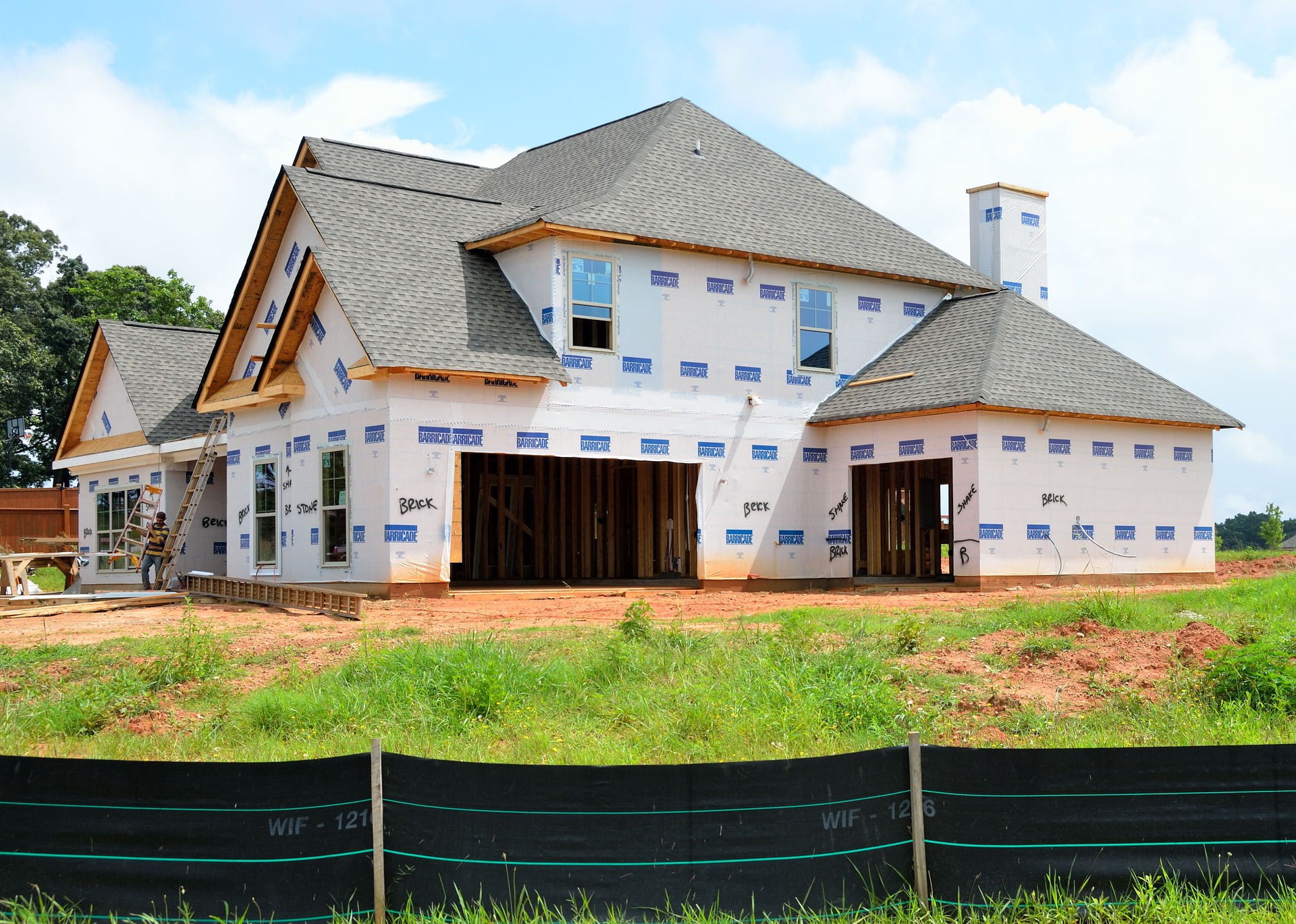Prefabricated Homes: Smart, Sustainable Modern Living
Discover how prefabricated homes combine faster construction, tighter quality control, and greener design to deliver modern, affordable housing. Learn about modular, panel, manufactured, and kit home options plus costs, timelines, and how to pick a trustworthy prefab builder. Ideal for buyers seeking energy-efficient, cost-conscious living solutions.

Why Choose a Prefabricated Home
Prefabricated homes, often called prefab homes, offer a practical alternative to conventional building methods by moving much of the construction process into a factory setting. This controlled environment reduces delays caused by weather and onsite logistics, often cutting total build time by as much as half. Factory assembly also supports stricter quality oversight, minimizing material waste and ensuring components meet precise specifications. Many prefab designs prioritize energy efficiency and sustainable materials, which can lower long-term utility bills and shrink a home’s environmental footprint. For homeowners who want predictable timelines, improved quality, and greener living, prefabrication is an increasingly attractive option.
Common Types of Prefabricated Construction
Prefab housing covers a range of construction approaches, each suited to different needs and budgets:
-
Modular homes: Built in substantial sections or modules within a factory, these units are transported to the site and joined together. They can mirror conventional homes in looks and standards.
-
Panelized homes: Shipped as flat-packed wall panels, roof components, and structural elements that are assembled on-site. This method offers more on-site flexibility while still speeding up construction.
-
Manufactured homes: Constructed entirely in a factory on a permanent chassis, these homes are transported complete and typically follow HUD or other specific standards depending on region.
-
Kit homes: Delivered as pre-cut materials with instructions, kit homes let buyers or local contractors assemble much of the structure, often at lower cost but with more DIY involvement.
Each type has trade-offs in customization, transport logistics, and site preparation requirements, so matching the building method to project goals is important.
Quality Control and Regulatory Standards
Modern prefabricated homes must adhere to local building codes and, in many cases, encounter more rigorous factory inspection routines than traditional site-built houses. Because sections travel from the factory to the foundation, they are engineered to endure transportation stresses while maintaining long-term structural integrity. Many manufacturers implement strict material handling and finishing protocols to prevent problems like moisture intrusion or uneven finishes. Buyers should verify that a builder’s production process includes documented inspections, third-party certifications if available, and clear warranty terms to reduce the risk of defects after installation.
Cost Considerations and Market Comparison
Prefab homes can deliver cost savings through reduced labor and compressed schedules, though final prices vary widely according to design complexity, finishes, site work, and local permitting. Below is a general pricing snapshot to help compare options and timelines:
| Home Type | Average Cost Range | Construction Time |
|---|---|---|
| Basic Modular | $100,000 - $200,000 | 3-4 months |
| Custom Modular | $200,000 - $500,000 | 4-6 months |
| Luxury Prefab | $500,000+ | 6-8 months |
Prices, rates, or cost estimates mentioned in this article are based on the latest available information but may change over time. Independent research is advised before making financial decisions.
Keep in mind that these figures typically exclude land purchase, foundation work, utility hookups, and local fees. Site preparation—such as grading, excavation, and septic or sewer connections—can add significantly to overall project expenses. Comparing turnkey quotes from manufacturers that include delivery, foundation, and final assembly will give a clearer budget picture.
Selecting the Right Prefab Builder
A successful prefab project hinges on choosing an experienced, reputable manufacturer and contractor. Look for companies with a strong track record, clear documentation of past projects, and transparent communication about timelines and responsibilities. Important factors to weigh include:
- Years of manufacturing experience and project references
- Range of customization options for layout, finishes, and energy systems
- Warranty policies covering structural elements and major systems
- Included delivery, site assembly, and crane or installation services
- Post-construction support and maintenance offerings
Visiting factory showrooms or completed project sites, when possible, provides valuable insight into build quality and finish standards. Ask for detailed proposals that separate material costs, factory fabrication, transport, site work, and permit fees so you can compare apples to apples.
The Future of Prefabricated Housing
Prefab construction continues to evolve, blending architectural ambition with sustainability and cost-effectiveness. Advances in materials, insulation, and integrated renewable energy systems make modern prefab homes competitive with traditional construction in both design and performance. As builders refine modular techniques and supply chains become more efficient, prefabricated homes are likely to play a larger role in addressing housing affordability and environmental goals.
For buyers interested in faster timelines, consistent quality, and greener options, prefabricated homes represent a compelling path toward contemporary living. Conduct thorough research, obtain multiple quotes, and prioritize reputable manufacturers to ensure the finished home meets your expectations for durability, comfort, and value.






